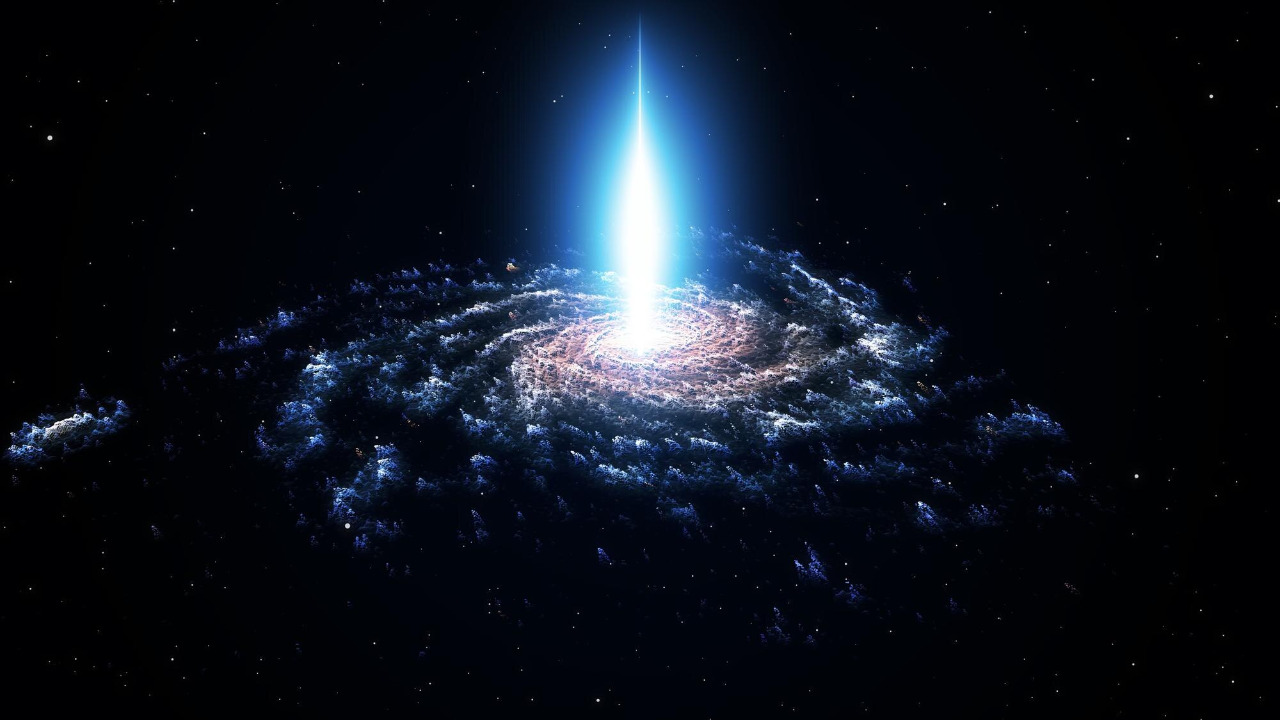
Quasars, the luminous beacons at the centers of distant galaxies, have puzzled astronomers for decades with their dramatic brightness variations. Recent observations suggest that these celestial giants might be dimming, prompting scientists to delve deeper into the mechanisms behind this intriguing phenomenon.
Understanding Quasars
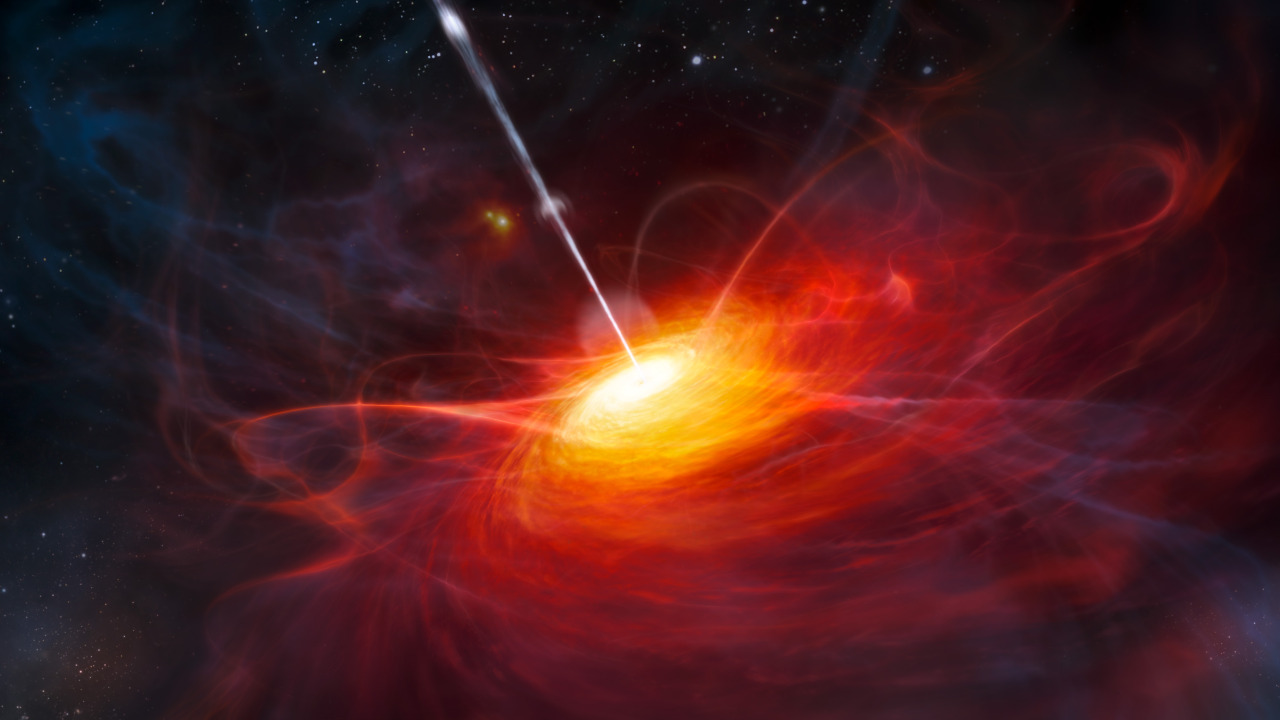
Quasars, or quasi-stellar objects, are among the most energetic and enigmatic entities in the universe. They are powered by supermassive black holes at the centers of galaxies, which consume surrounding material in an accretion disk. This process releases immense amounts of energy, making quasars visible even from billions of light-years away. Quasars serve as active galactic nuclei, with their brightness sometimes outshining the entire host galaxy.
The discovery of quasars dates back to the 1960s when astronomers first identified these mysterious objects due to their unusual radio emissions and high redshifts. Early observations revealed that quasars exhibited significant variations in brightness over time, leading to numerous theories about their nature and behavior. Understanding quasars is crucial for cosmology as they provide insights into the early universe, revealing conditions that prevailed shortly after the Big Bang.
Quasars are indispensable to our comprehension of cosmic history. They illuminate the environments of the early universe, acting as probes that help scientists study the formation and evolution of galaxies. By observing quasars, astronomers can trace the distribution of matter, investigate the nature of dark energy, and refine models of cosmic expansion. Their intense luminosity also aids in mapping the intergalactic medium, offering clues about the universe’s structure and composition.
The Mystery of Dimming Quasars

Recent observations have sparked interest in the dimming of quasars, a phenomenon that has been supported by various studies and data. According to Scientific American, astronomers have noticed a trend of decreasing luminosity in some quasars over extended periods. These findings suggest that this dimming is not merely a random fluctuation but a significant change in the quasar’s behavior.
Several hypotheses have been proposed to explain why quasars might be losing brightness. One possibility is that changes in the accretion disk, such as disruptions in the inflow of matter, could lead to reduced energy output. Another theory involves variations in the activity of the central black hole, which might alter how efficiently it converts accreted material into radiation. Environmental factors, such as interactions with other galaxies or cosmic structures, could also play a role in this dimming process.
A notable example of a dimming quasar is the object known as J1011+5442, which has been observed to decrease in brightness over several years. This particular quasar’s dimming has provided valuable insights into the complex dynamics at play in these cosmic powerhouses. By studying such cases, researchers can gain a better understanding of the underlying mechanisms driving these changes, as detailed in a study published in PNAS.
Scientific Theories and Models
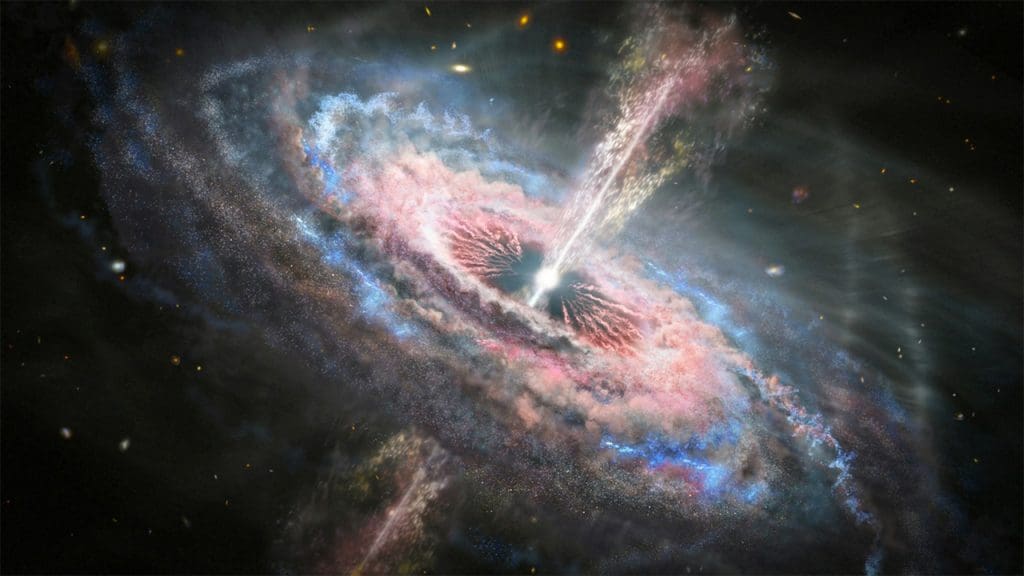
The dynamics of the accretion disk are pivotal in determining a quasar’s luminosity. Changes in the disk’s structure or composition can significantly affect the amount of energy radiated. For instance, instabilities in the disk or variations in the rate of matter accretion could lead to fluctuations in brightness. Understanding these dynamics is essential for developing comprehensive models of quasar behavior.
The growth and evolution of the supermassive black holes at the centers of quasars are also critical factors. As these black holes accrete matter, their mass and influence increase, potentially altering the conditions within the accretion disk. Theories suggest that as black holes grow, they might reach a point where their energy output stabilizes or even decreases, contributing to the observed dimming. This link between black hole growth and quasar luminosity remains an active area of research.
Environmental factors, such as interactions with nearby galaxies or the effects of cosmic structures, can also impact quasar brightness. The surrounding galactic environment might influence the availability of material for the accretion disk, thereby affecting the quasar’s luminosity. Additionally, external factors like the presence of dust or gas could obscure the quasar’s light, contributing to its apparent dimming. These considerations are explored in detail in studies like those found on JSTOR.
Implications for the Universe
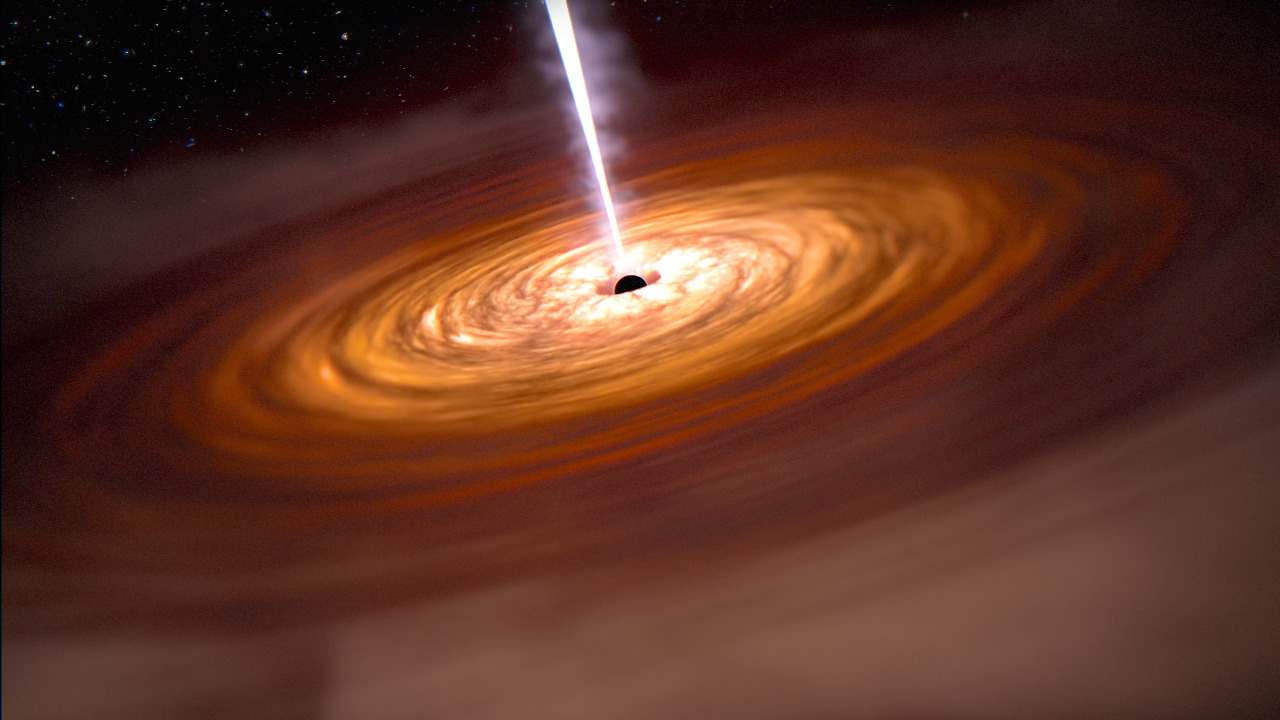
The dimming of quasars has far-reaching implications for our understanding of galaxy formation and evolution. As quasars are closely linked to the growth of supermassive black holes, their behavior provides clues about the processes shaping galaxies over cosmic time. By studying dimming quasars, astronomers can refine models of galaxy evolution and gain insights into the role of supermassive black holes in shaping galactic structures.
Quasars play a crucial role in illuminating the universe, particularly during its early stages. Their intense radiation helped to end the cosmic “dark ages,” a period when the universe was devoid of light sources. The dimming of quasars raises questions about how the cosmic landscape has evolved since then. Understanding these changes is vital for reconstructing the history of cosmic illumination and its impact on the universe’s development. More details can be found in a study from Yale News.
Future research directions will likely focus on unraveling the mysteries of quasar behavior further. Continued observations and theoretical advancements will help scientists piece together the complex interactions governing quasars and their environments. By exploring these avenues, researchers aim to shed light on the underlying causes of quasar dimming and its implications for the broader cosmic context.
Technological Advancements in Quasar Observation
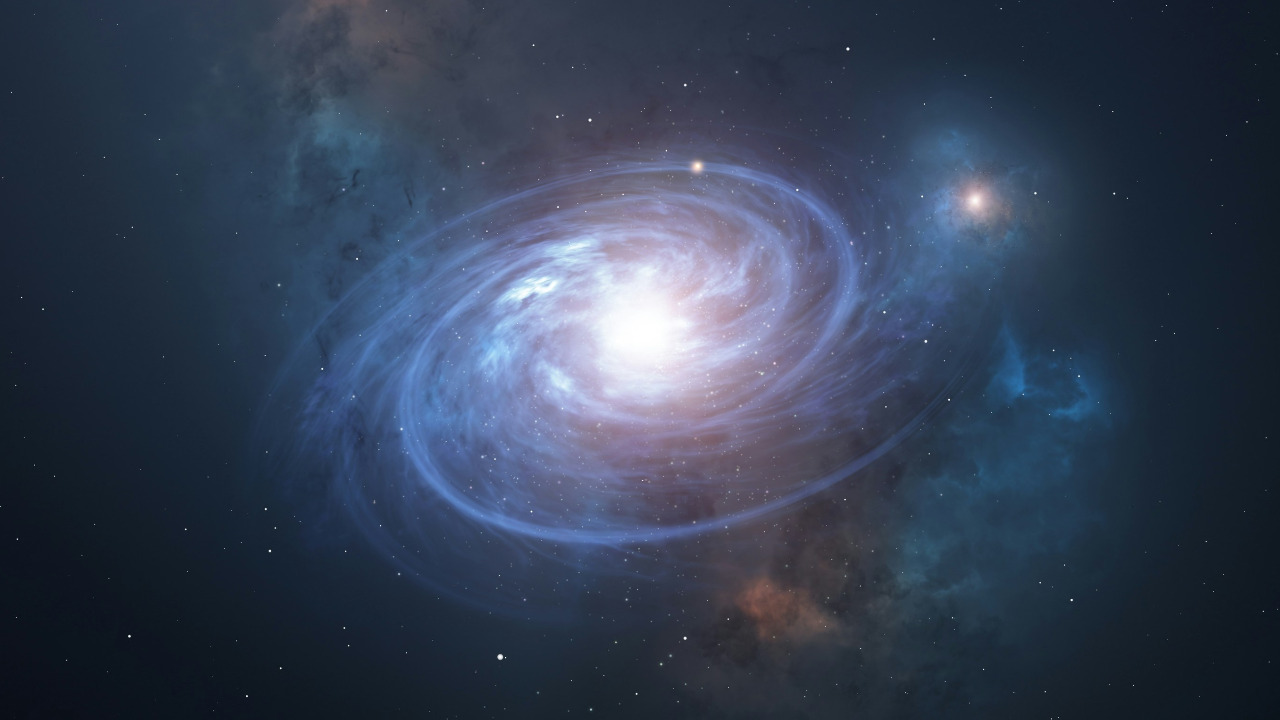
The study of quasars has greatly benefited from advancements in telescope technology. New instruments, such as the James Webb Space Telescope and the European Southern Observatory’s Extremely Large Telescope, offer unprecedented precision in observing these distant objects. These tools allow astronomers to capture more detailed images and spectra of quasars, enabling a deeper understanding of their properties and behavior.
Modern data analysis techniques, including machine learning, play a significant role in detecting subtle changes in quasar brightness. By analyzing vast datasets, scientists can identify patterns and correlations that might go unnoticed with traditional methods. These techniques facilitate more accurate predictions of quasar behavior and help refine models of their evolution.
International collaboration is crucial in advancing quasar research. By sharing observational data and collaborating on projects, scientists worldwide can pool resources and expertise to tackle complex questions about quasars. This collaborative approach is essential for making significant strides in understanding these fascinating cosmic phenomena. For instance, a study highlighted in Universe Today showcases the importance of global efforts in quasar research.